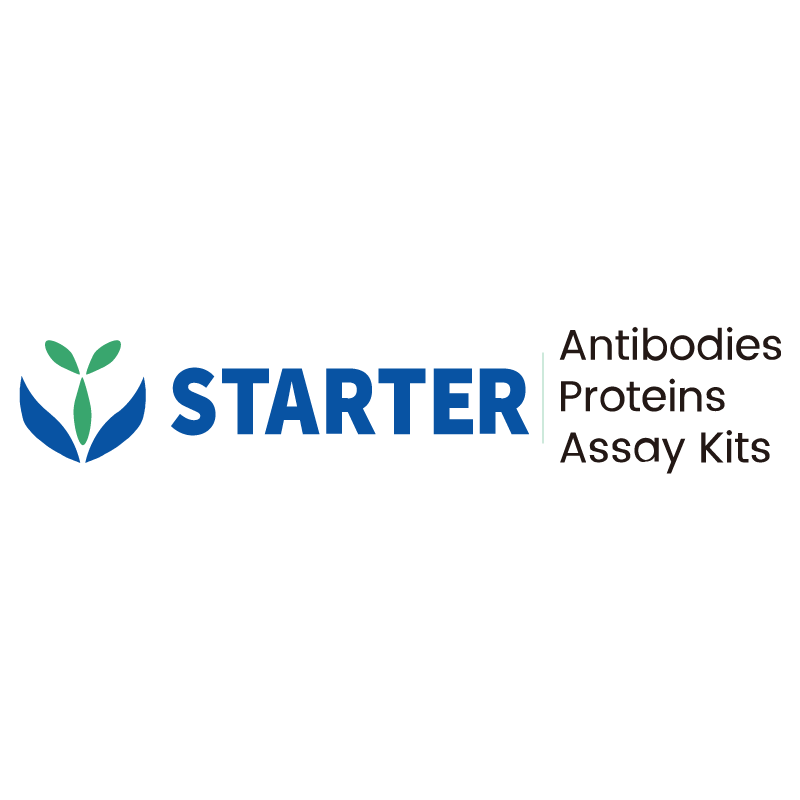Product Details
Product Details
Product Specification
| Host | Rabbit |
| Synonyms | Glycated hemoglobin (HbA1c, glycohemoglobin, glycosylated hemoglobin, hemoglobin, A1C or A1c) |
| Immunogen | Synthetic Peptide |
| Clone Number | SDT-192-53 |
| Antibody Type | Recombinant mAb |
| Isotype | IgG |
| Application | Sandwich ELISA |
| Reactivity | Hu |
| Predicted Reactivity | Ms |
| Cross Reactivity | Does not recognize hemoglobin |
| Purification | Protein A |
| Concentration | 2 mg/ml |
| Purity | >95% by HPLC |
| Conjugation | Unconjugated |
| Physical Appearance | Liquid |
| Storage Buffer | PBS pH7.4, 0.03% Proclin 300 |
| Stability & Storage | 12 months from date of receipt / reconstitution, 2 to 8 °C as supplied |
Dilution
| application | dilution | species |
| Sandwich ELISA | N/A |
Background
HbA1c is a glycated protein in which glucose binds with N-terminal valine residue in the β chain of hemoglobin nonenzymatically. Glycated protein is produced by the two-step nonenzymatic reaction called the Maillard early-phase reaction. First, the free amino group of protein and the aldehyde group of glucose form the Schiff base, which produces a substance called aldimine. This reaction is relatively quick and reversible. Then, this aldimine becomes ketoamine by the Amadori rearrangement reaction, leading to the production of stable Amadori product, that is, glycated protein. This reaction progresses slowly and is almost irreversible. Since the speed of production of glycated protein is proportional to the plasma glucose level, the glycation rate of protein is proportional to the plasma glucose level at the time of production. As HbA1c is produced slowly corresponding to the plasma glucose levels and survives for about 120 days, the life-span of red blood cells, it is an excellent index for long-term glycemic control. It is accepted that an HbA1c of >6.5% (48 mmol/mol) would be considered diagnostic of diabetes, whereas a level of 5.7%–6.4% (39–46 mmol/mol) would denote increased risk of diabetes. A WHO consultation also concluded that HbA1c “can be used as a diagnostic test for diabetes.” The ADA has recommended that HbA1c should be used together with impaired glucose tolerance (IGT) and impaired fasting glycemia as a marker of “prediabetes,” with a range of 5.6%–6.4% (38–46 mmol/mol).
Picture
Picture
Paired Recommendations


